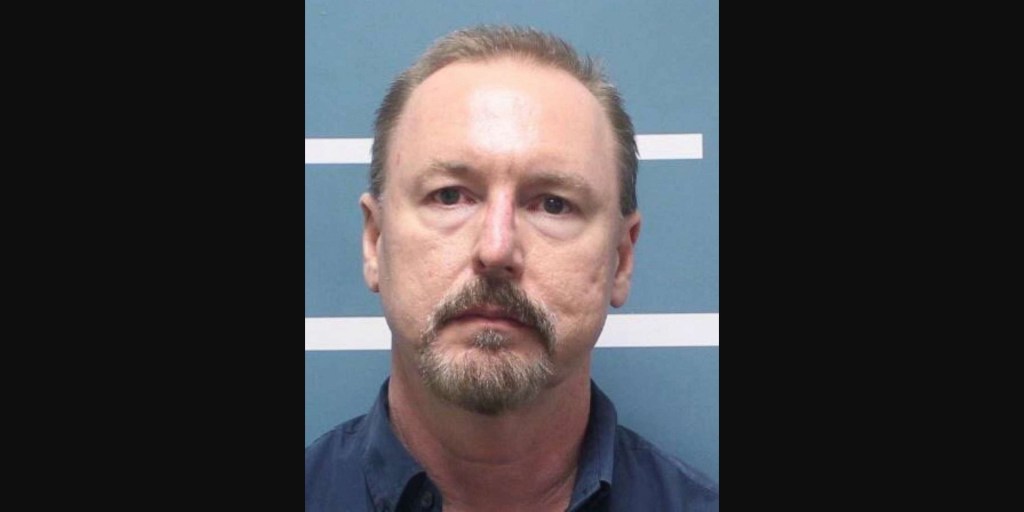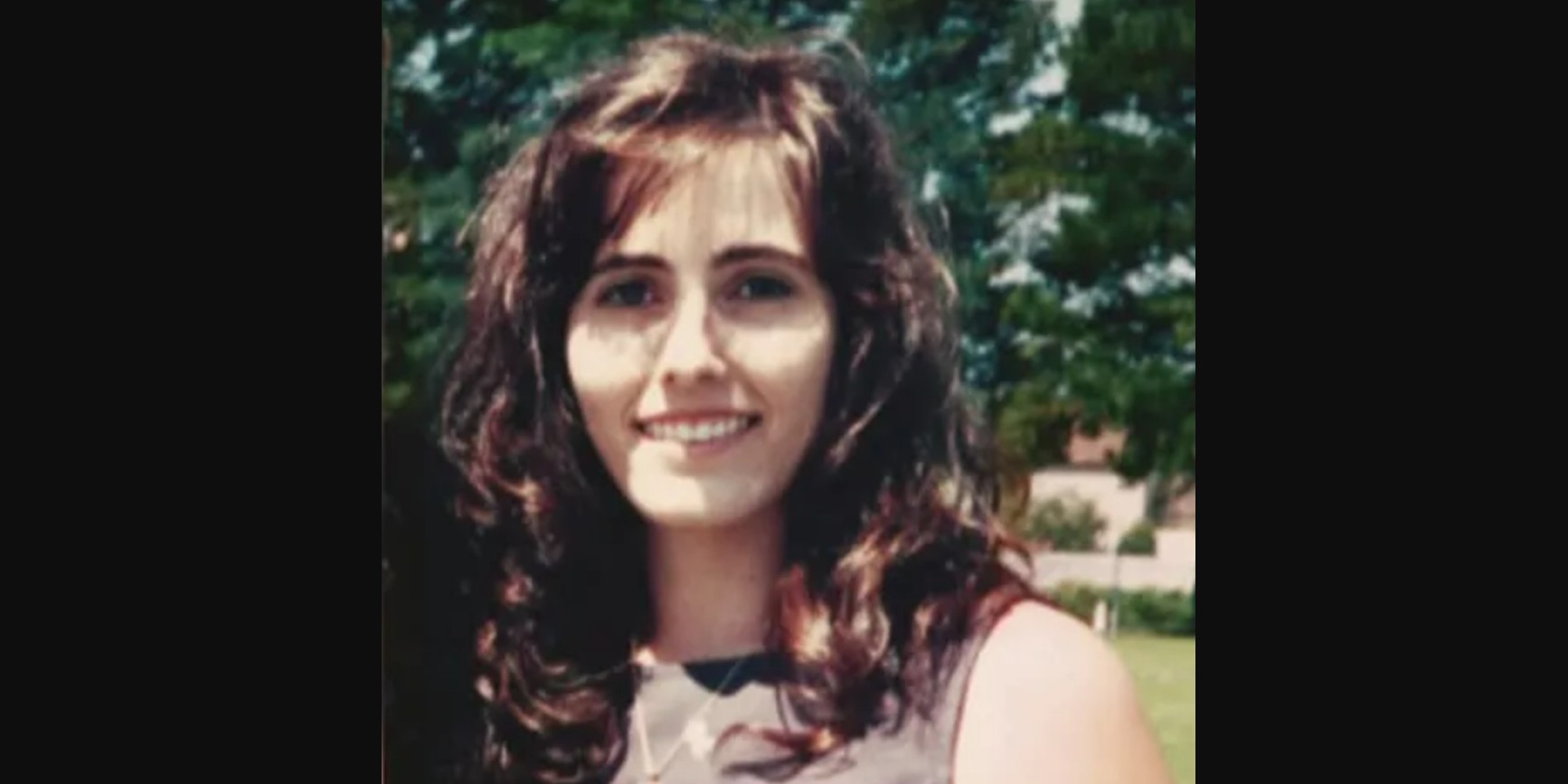Deborah Sarah Dorian, affectionately known as Debbie, was a university student who had a promising life ahead of her. She had never imagined that she would meet her untimely demise in August 1996 in her apartment in Fresno, California. What followed was an investigation that spanned years and took almost 30 years for justice to be served. The episode titled ‘I’m Going To Get You’ of ABC’s ’20/20′ delves deeper into the devastating effect her murder left on her loved ones and how DNA advancements helped the detectives make a breakthrough in the case after several years. It also features interviews with the officials who worked on the case and an individual who had a surprising connection to the killer.
Debbie Dorian Was Found Dead in Her Apartment by Her Father
On June 20, 1974, Peter Dorian and Sara Loven were overjoyed when they welcomed their daughter, Deborah Sarah Dorian, into the world. She was lovingly called Debbie by her family and friends and grew up in California. She always had a bright smile on her face and radiated positivity into the lives of her loved ones. After completing her early education, Debbie went on to pursue a degree in Economics at California State University, Fresno. She was living in an apartment in north Fresno and was set to meet Peter on August 22, 1996, as they had planned to go on a tour at a graduate school located in Sacramento on that fateful day.

However, when Peter called Debbie to ask about the same, she didn’t answer. He made several attempts to contact her, but she didn’t pick up any of his calls. Peter stated that since Debbie was always punctual, he became concerned and went to her apartment to check up on her. When he arrived, he found that the door was unlocked, which was unlike Debbie. After going inside, he made the horrific discovery of her lying on the bedroom floor. He promptly called 911 to report the situation. As officials arrived at the scene, they declared Debbie dead and noted that her hands and legs were bound with duct tape.
Investigators observed that her mouth, eyes, and nose were also covered with the tape. They found no signs of forced entry or disturbance in the kitchen or living room of the apartment. According to official records, they found a just-made sandwich on the kitchen counter and a packet of cereal that was ripped open. On further inspection, the detectives uncovered that there were indications of sexual assault. Moreover, significant DNA evidence was collected from the scene. The autopsy reports determined her cause of death to be asphyxiation from the tape that was wrapped around her face. It also revealed that she had passed away two days before her remains were discovered.
Use of Genetic Genealogy Brought the Killer to Light After Around 23 Years
In the initial phase of the murder investigation, detectives suspected that there were multiple individuals involved in the crime. However, despite thorough questioning of several people, they were unable to find any leads. The biological evidence collected from the scene was then entered into the Combined DNA Index System (CODIS). However, it didn’t provide any match until 2002, when the officials discovered that the same DNA was found in a sexual assault case in Visalia, California. Since there was no named suspect in that case, the investigation into Debbie’s murder began to stall.

Eventually, the DNA profile matched multiple unsolved Tulare and Visalia sexual-assault cases. That led investigators to file a John Doe report in 2009. It wasn’t until 2018 that law enforcement took the assistance of genetic genealogy to create the family tree of the potential killer and attacker. The breakthrough finally arrived in 2019 when the search narrowed down to a man named Nickey Duane Stane. Ultimately, he was arrested in October 2019 in connection with both the murder and the sexual assault cases. All the cases were consolidated in Fresno County by January 2020.
Nickey faced the charges of first-degree murder while committing forcible rape or sodomy, forcible rape, and sodomy by use of force. He was also indicted for eight felony counts, including sexual battery and kidnapping in the sexual assault cases. On May 16, 2025, he pleaded guilty to first-degree murder, forcible rape, forcible sodomy, and multiple sexual-assault counts in relation to four cases dating back to the late 1990s and early 2000s. He initially faced the death penalty but avoided it after the guilty plea. On June 12, 2025, Nickey was sentenced to life in prison without the possibility of parole. It ultimately took almost three decades for justice to be served for Debbie and her family.




